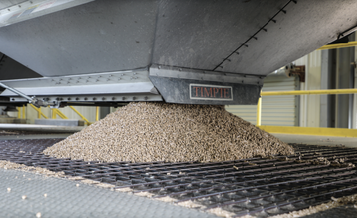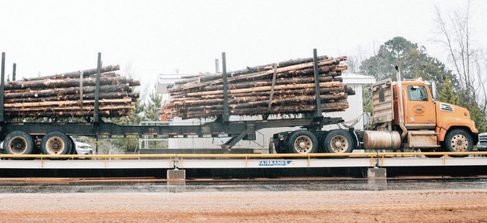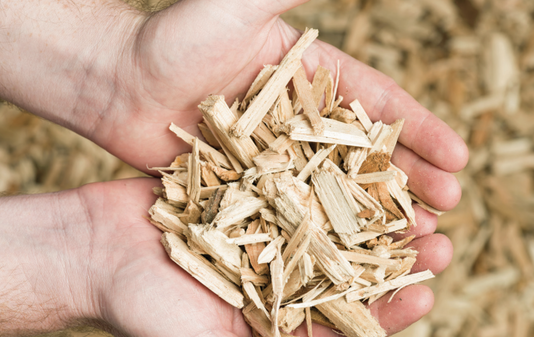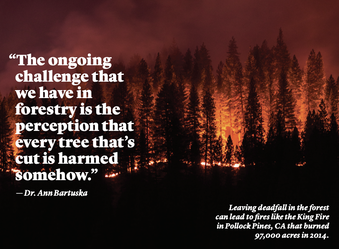Growing Sustainable
An Overview of the Forest-to-Energy Part of Georgia’s Forestry Industry
Spring 2023


“Enviva’s sustainably sourced wood pellets have been proven to reduce carbon emissions by as much as 95% on a lifecycle basis compared to coal, and over 70% as compared to natural gas.”
— Craig Lorraine

200,000 TONS OF GREENHOUSE GAS EMISSIONS ARE ELIMINATED YEARLY
BY GRAPHIC PACKAGING USING BIOMASS POWER

|
Georgia Forestry Magazine is published by HL Strategy, an integrated marketing and communications firm focused on our nation's biggest challenges and opportunities. Learn more at hlstrategy.com
|
